Whenever I mention that I know sign language, the reaction I get from most people is usually something like “Oh that’s so cool!” It’s definitely a unique language but it’s also one that is fairly unknown. As a result, people often have a lot of questions about the language. Here are some of the common ones, some of which I have gotten asked about myself.
Is sign language universal?
This is by far the most common question I get. Sign language actually varies from country to country, even those that speak the same language. One example I always use to explain this is by comparing American Sign Language (ASL) and British Sign Language (BSL). Both countries primarily speak English but their sign languages are completely different. Some of these sign languages can share similarities with one another, though. For example, Singapore Sign Language (SgSL) has roots in ASL and Australian Sign Language (Auslan) is similar to BSL.
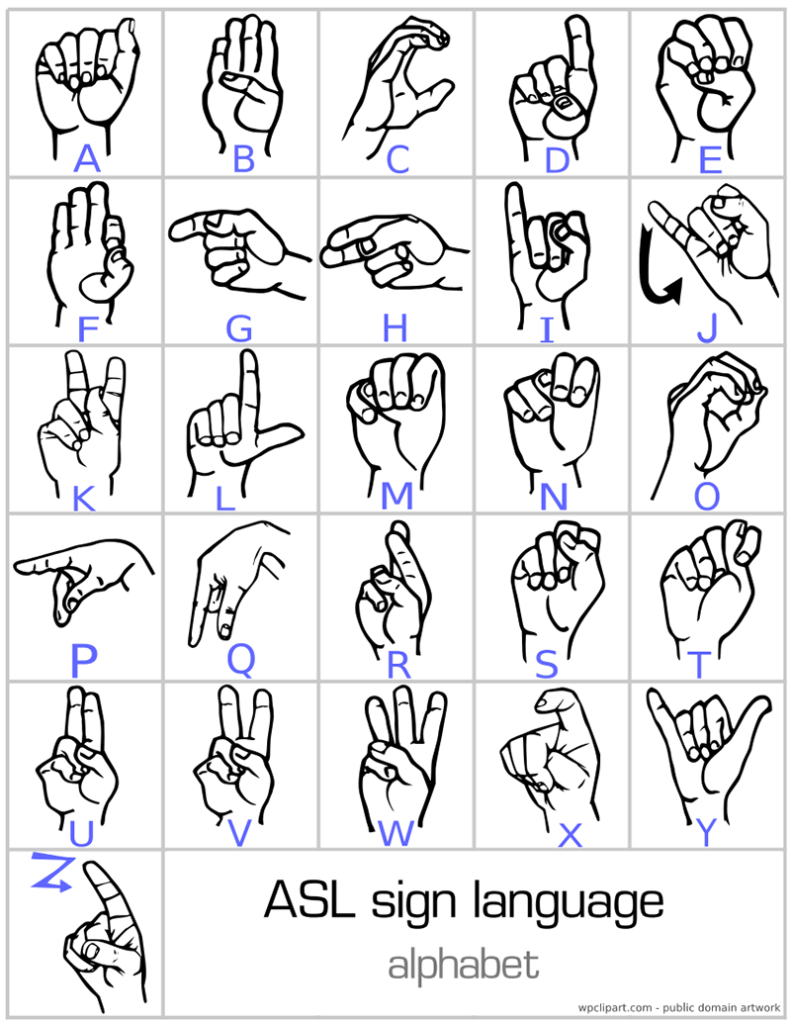
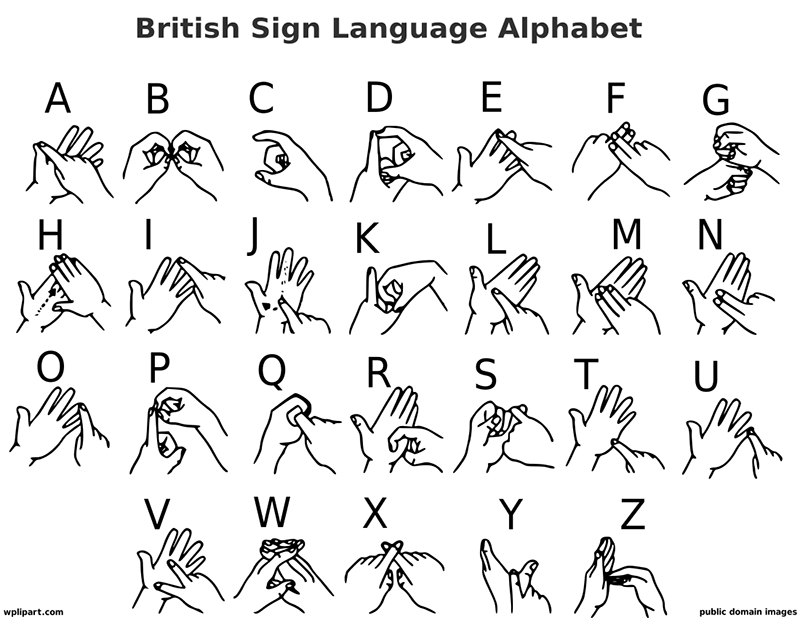
That said, there is such a thing as International Sign (IS), but it’s more of a pidgin sign language and it’s mainly used at big international events like the World Federation of the Deaf (WFD) congress and Deaflympics. Since it’s considered a pidgin language, there isn’t really a standard set of signs; it usually is a mix of each individual’s native sign language and iconic signs/gestures that can be widely understood.
Do you have to sign every single letter?
Surprisingly, this is another common question people ask me. Just as English isn’t just spoken in letters, sign language has signs for individual words too. Spelling out the letters (known as “fingerspelling) is mostly used when there isn’t a specific sign for a word or when you don’t know the sign personally.
In fact, there are even signs for names. Usually, a deaf person gives you your sign name and it’s often adapted from your hobby, personality trait or just anything you feel represents you. My sign name can be seen in my author profile picture. I created my own sign name and it’s adapted from the sign for “joy”, which is the meaning of both characters in my Chinese name, Xin Yi (欣怡).

Isn’t sign language just gestures?
Hands gestures do constitute four out of the five parameters of sign language (handshape, orientation, location and movement). However, another important parameter are the non-manual markers (NMM). These include features outside of hand gestures, including facial expressions, mouthing and head/body movement.
Changing any of the parameters can result in a different word altogether or add a different nuance to the signs. Since sign language is already such a visual language, the non-manual markers act as complementary extensions of the signed gestures.
Is sign language the same as spoken/written language?
Contrary to popular belief, sign languages are not a visual representation of spoken/written language. They are completely independent, with their own unique grammatical and linguistic structures. For example, sign language might take out a lot of the conjunctions and tenses in a sentence, which makes signing a lot smoother and easier. As such, spoken and/or written language is considered a second language for many of the deaf and CODA (children of deaf adults).
That said, there are such things as manually-coded systems in sign language. As the name suggests, these systems manually code spoken language by following the same word order and grammatical structure. In Singapore, the system used is Signing Exact English (SEE-II), which models its vocabulary after ASL. Manually-coded systems are not languages on their own but they help the deaf read and write in their respective native language.
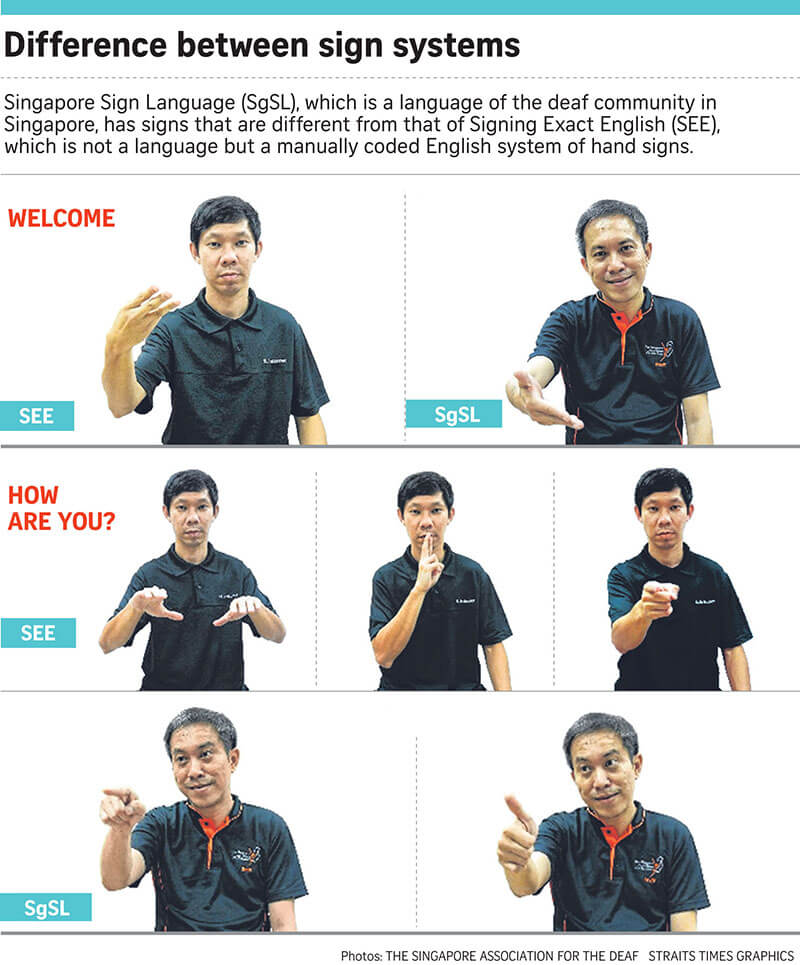
When you really dig deep into sign language, you’ll find that it is a really intricate language in and of itself and there’s so much more to it than just gestures. Through my interactions with the Deaf community, I’ve come to realise how this “silent” language truly has a voice of its own that can’t be expressed purely with spoken language.




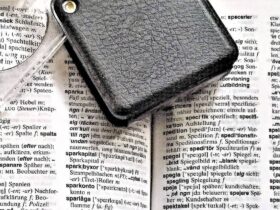
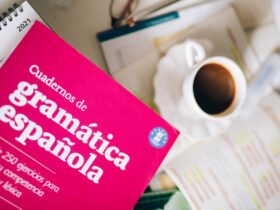










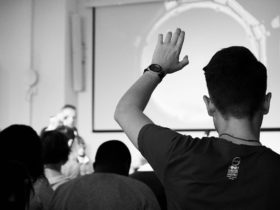



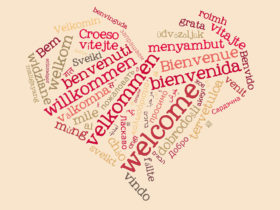



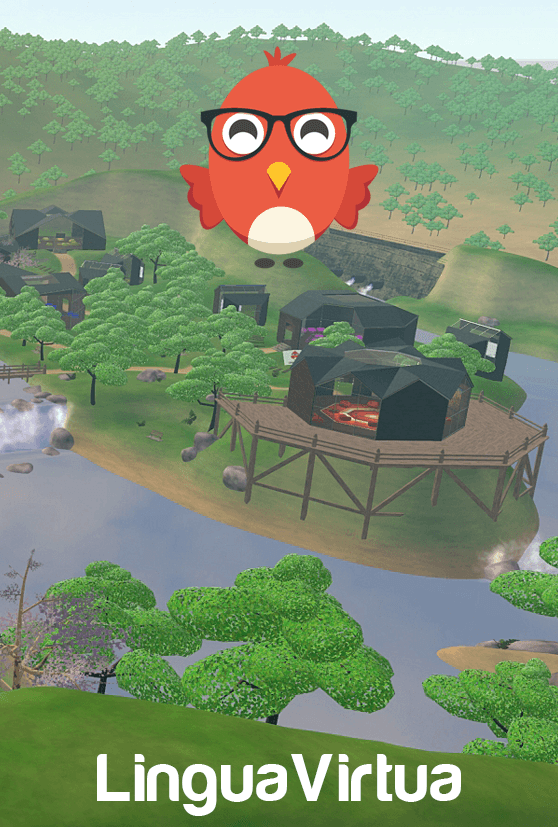
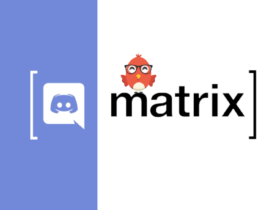
Leave a Reply